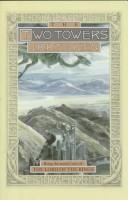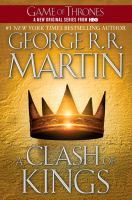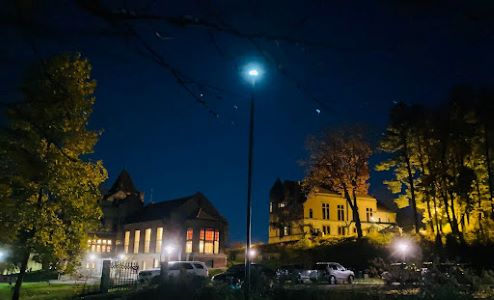How do you feel about what you’re writing? Are you excited or nervous about getting started?

Photo by Pixabay from Pexels
There’s an African proverb that asks, “How do you eat an elephant?” The answer? “One bite at a time.” Many things in life that seem difficult or even impossible can be accomplished a little at a time. There’s no question that creating a believable world for your characters to inhabit is a big challenge but not an impossible one.




I think of Science Fiction and Fantasy novels as being prime examples of the masterful use of world building (think Dune, Lord of the Rings, Narnia, Game of Thrones, the list goes on); there are some pretty elaborate world building sites like World Anvil that works very well for this kind of writing. Last summer, NanoWriMo’s month-long Camp NaNoWriMo even dedicated an entire track to world building in these genres, but perhaps you are looking for a way to get started on something like a realistic or historical fiction novel?

Photo by Pixabay from Pexels
One of my favorite writing exercises involves exploring the natural environment using your senses. You can use this approach to writing by using your environment to help you with your world building. Here’s an example.

Yesterday I noticed the vibrant colors of the leaves twirling slowly in midair as I walked through the library grounds on my lunch break. A chill in the air made me cinch my sweater tight; I could hear the wind rushing through the trees and feel the leaves crunching underneath my feet. There was a rush of excitement as people hurried on their way, laughing and talking with one another. I pulled off my mask and drank the last stale sip of cold slightly burnt coffee.

Exploring your memories and getting in touch with your feelings can also help you access the emotional content of a setting and bring your world to life.

I was met with an unexpected sight; the arrival of the daisies in Queset Garden surprised and delighted me as it filled me with nostalgia, the fragrance transporting me to a beach-side road lined with shasta daisies in bloom this time of the year, signaling that summer is truly over. What I wouldn’t give to be back there again.

Another approach suggested in Ready, Set, Novel! is to build the world from your character’s perspective as you contemplate their immediate surroundings: what does their room look like? What does their house look like? What kind of neighborhood do they live in? If you write this way, you don’t need to create an entire world but just what relates directly to the characters’ experiences and drives the story forward. There’s an interesting webcast that focuses on the characters within their spaces you might find helpful. Build Your Fictional World with Games guides you to imagine characters in their settings through a series of visualization exercises. One of the exercises asks you to put yourself in your character’s place and do a sensory scan of an outdoor setting; think about how the character feels and how they would act in that space. Next, imagine another space; how does your character feel there? What is something that might show up that surprises them for some reason? What might it mean for the story? Now imagine an indoor space from one of your scenes, choose a room you’d like to go into and picture the door. Take a scan of the room, notice what kinds of things are there. Ask yourself questions about how the character lives: what do they like to do in the space? What’s the most dangerous place, or the safest most comfortable setting for them - is it home or somewhere else? Is there anything surprising about the world? These exercises can help you mine the depths of the world the characters are living in and develop the world they inhabit.


Week 4 of Nanowrimo’s Prep Guide has some helpful ideas on how your story’s setting can help you create or enhance the tone in your novel. If you describe your settings a certain way, it helps create a particular mood - for example, writing a scene with an optimistic feel would look very different if that same scene were written with an ominous undertone. Choose a scene from your story and try it. Conversely, you can show things about your character just by putting them in specific settings. This can deepen the reader’s connection with your character and drive the story forward without having to get caught up in building an entire world from scratch.
As we head into the beginning of November, I hope you’ll take some time to think about how you’ll handle this aspect of your writing before getting started. If you’re looking for more ideas, check out the presentation from our October 27th kick-off meeting, all about Getting to Know NaNoWriMo. There’s lots of information on how you can get involved. November 1st is coming up fast! Are you ready? Happy writing!
Kimberly